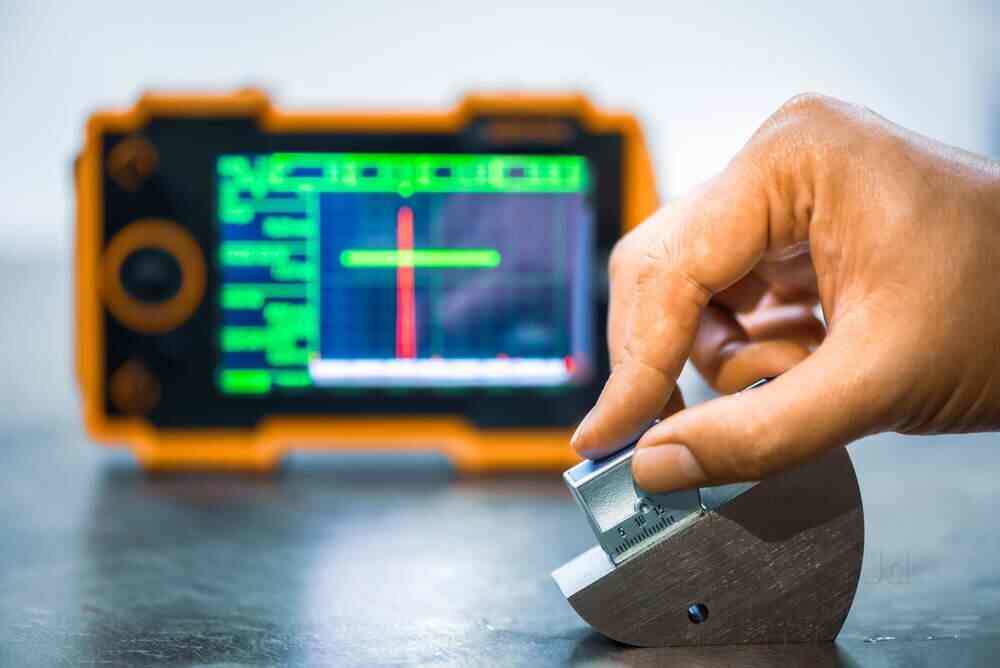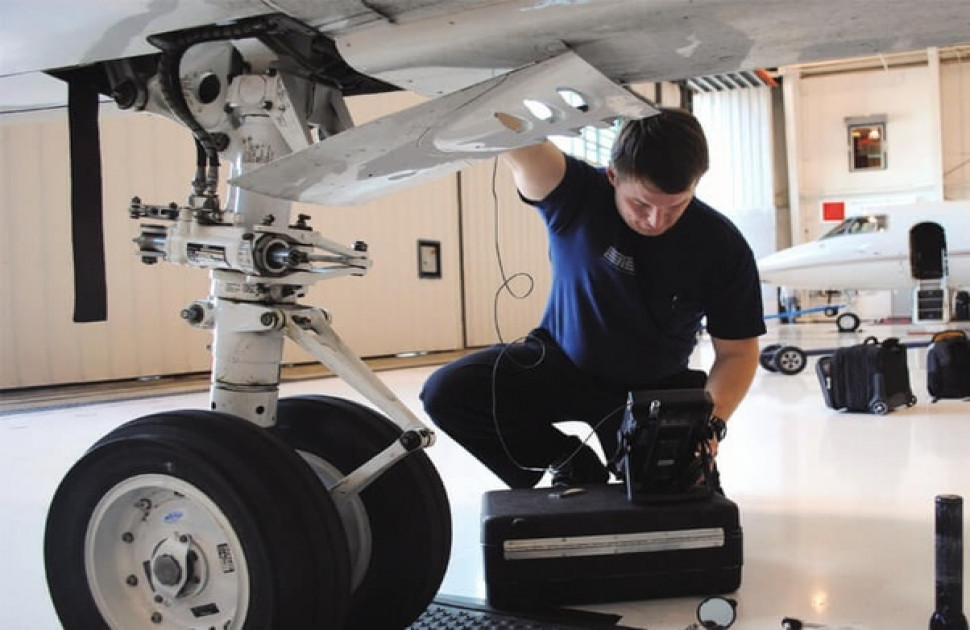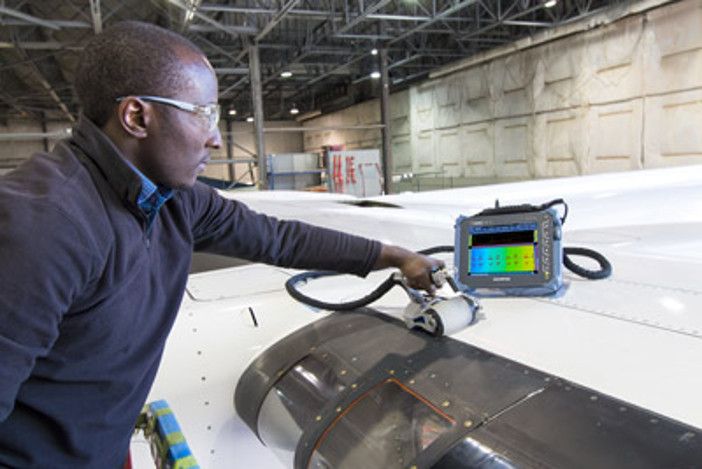The future of synchronization in robotics is a captivating topic that stands at the forefront of technological innovation. As robots become increasingly integrated into various sectors, the ability to synchronize their operations seamlessly is paramount. This synchronization is crucial not only for efficiency but also for safety and precision. Understanding the potential and challenges of synchronization in robotics can offer us a glimpse into the future of technology.
In the coming years, the future of synchronization in robotics is expected to revolutionize industries from manufacturing to healthcare. With advancements in artificial intelligence and machine learning, robots are becoming more autonomous, requiring sophisticated synchronization methods to function effectively. This evolution is set to enhance productivity and open new avenues for innovation.

The Importance of Synchronization
Synchronization in robotics refers to the ability of multiple robotic systems to operate in harmony. This is essential in settings where precision and timing are critical, such as assembly lines and surgical procedures. Effective synchronization ensures that robots can work together without interference, maximizing efficiency and minimizing errors.
Why Synchronization Matters
As we advance technologically, the demand for synchronized robotic systems grows. In industries like automotive manufacturing, synchronized robots can assemble complex machinery with unparalleled precision. Similarly, in healthcare, synchronized robotic arms can perform surgeries with a level of accuracy that surpasses human capabilities.
Technological Advancements Driving Synchronization
Recent advancements in technology are paving the way for improved synchronization in robotics. Innovations in sensors, communication protocols, and AI algorithms are enabling robots to interact with their environment and each other more effectively. These advancements are crucial for the development of autonomous systems that can operate in dynamic environments.
Role of AI and Machine Learning
Artificial intelligence and machine learning are playing a significant role in enhancing synchronization. By learning from data, robots can predict and adapt to changes in their environment, allowing them to synchronize their actions with unprecedented accuracy. This capability is essential for autonomous vehicles and drones, where real-time decision-making is crucial.
Challenges in Synchronization
Despite the potential benefits, achieving synchronization in robotics comes with its challenges. One of the primary obstacles is the complexity of coordinating multiple systems, each with its own set of variables. Additionally, the need for robust communication networks to support real-time data exchange is critical.
Overcoming Communication Barriers
To address these challenges, researchers are focusing on developing advanced communication protocols that can handle the high data throughput required for synchronization. These protocols must be resilient to interference and capable of operating in diverse environments.
Future Applications of Synchronization
The future applications of synchronized robotics are vast and varied. From autonomous vehicles navigating busy streets to robots working collaboratively on construction sites, the possibilities are endless. As synchronization technology advances, we can expect to see robots performing tasks that were once considered impossible.
Impact on Healthcare
In healthcare, synchronized robots have the potential to revolutionize patient care. With the ability to perform complex surgeries and assist in rehabilitation, these robots can provide a level of care that enhances patient outcomes. Learn more about the synchronization of optical inspection devices here.
Synchronization in Manufacturing
In manufacturing, synchronized robots can streamline production processes, reducing costs and increasing efficiency. By working together seamlessly, robots can perform tasks faster and with greater precision than ever before. Discover more about synchronization in automotive inspection tools here.
Environmental Considerations
As we develop synchronized robotic systems, it’s essential to consider their environmental impact. Robotics can contribute to sustainability by optimizing resource use and reducing waste. However, the production and disposal of robotic components must be managed responsibly to minimize environmental harm.
Sustainable Robotics
Sustainable practices in robotics include using eco-friendly materials and designing robots for longevity and recyclability. These practices ensure that the benefits of robotics do not come at the expense of our planet.
Regulatory and Ethical Considerations
As synchronization in robotics advances, regulatory and ethical considerations become increasingly important. Ensuring that robots operate safely and ethically is crucial to gaining public trust and acceptance. Regulatory bodies must establish guidelines to oversee the development and deployment of synchronized robotic systems.
Ensuring Safety and Compliance
Safety is a primary concern when it comes to synchronized robotics. Developing robust safety protocols and compliance standards is essential to prevent accidents and ensure that robots operate within ethical boundaries. Learn about frequency analysis in wind turbine inspection here.
Integration with Existing Systems
Integrating synchronized robots with existing systems presents challenges but also offers opportunities for innovation. By leveraging existing infrastructure, synchronized robots can enhance productivity and efficiency without the need for extensive reconfiguration.
Adapting to Legacy Systems
One of the challenges of integration is ensuring that synchronized robots can work alongside legacy systems. This requires developing interfaces and protocols that facilitate seamless interaction between new and existing technologies.

Looking Ahead
The future of synchronization in robotics is bright, with countless opportunities for innovation and growth. As we continue to explore the potential of synchronized systems, we must remain committed to ethical practices and sustainable development. By doing so, we can ensure that the benefits of robotics are realized for generations to come.
Conclusion
In conclusion, the future of synchronization in robotics holds immense potential for transforming industries and improving lives. By advancing synchronization technology, we can unlock new possibilities and create a more efficient, sustainable, and connected world.
FAQ
Q: What is synchronization in robotics?
A: Synchronization in robotics refers to the ability of multiple robotic systems to operate in harmony, ensuring precision and efficiency.
Q: Why is synchronization important in robotics?
A: Synchronization is crucial for ensuring that robots work together seamlessly, enhancing efficiency, safety, and precision in various applications.
Q: What are the challenges in achieving synchronization in robotics?
A: Challenges include coordinating multiple systems, developing robust communication networks, and ensuring safety and compliance.
For more information on setting up PM inspections, visit this site.
This article contains affiliate links. We may earn a commission at no extra cost to you.
